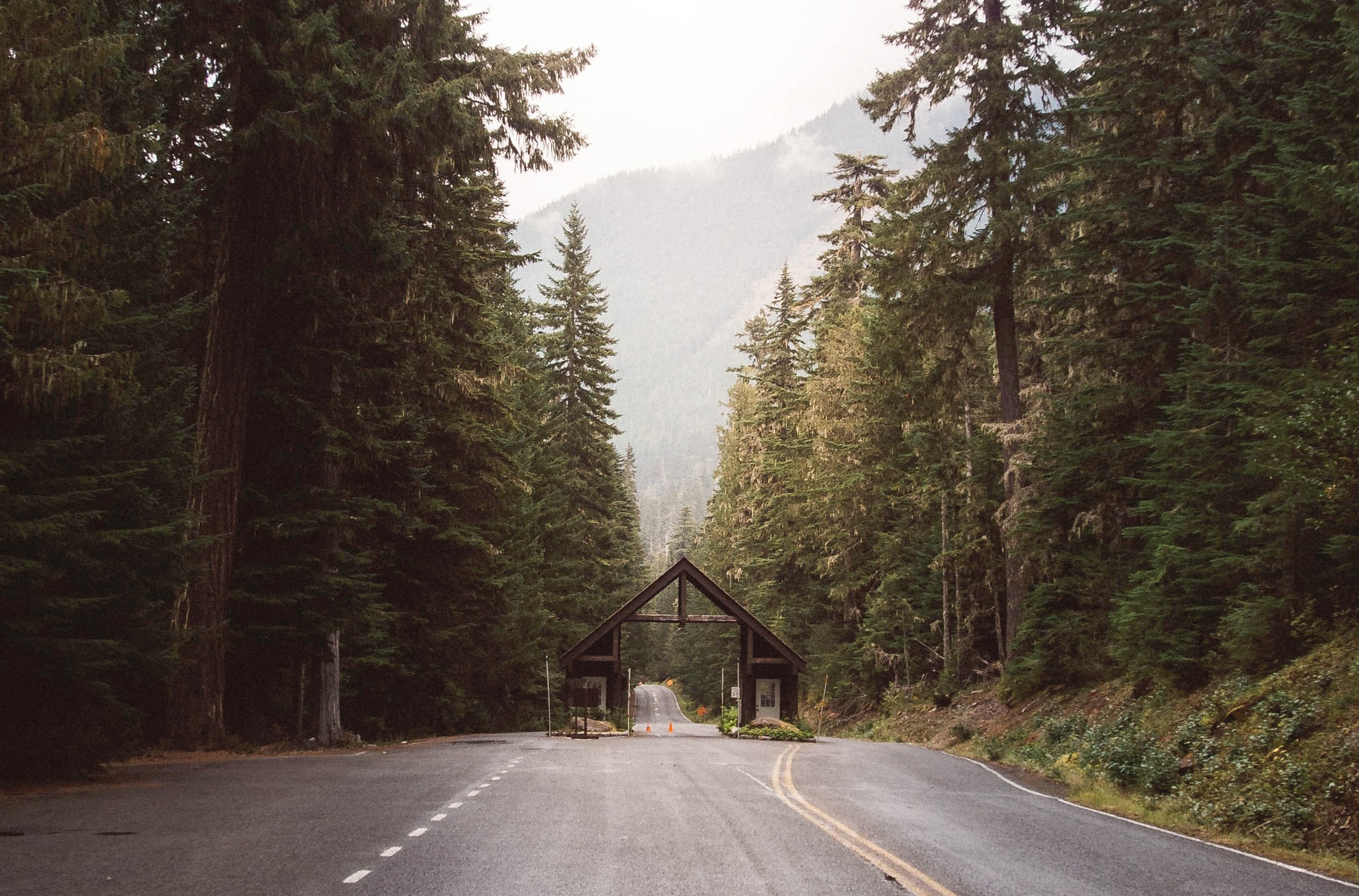
Photo by Kieran Taylor on Unsplash
By Alex Craven, Our Wild America Organizer
Last Sunday, I put a mask on and biked to Golden Gardens Park. As the sun crept lower in the sky, I stood on the shoreline and looked out at the Olympic ridgeline. I realized how lucky I was to be standing there enjoying two iconic examples of Washington’s public lands.
It gave me a moment to reflect on the recent historical wins for our public lands. And in this moment of uncertainty, it felt good to celebrate some good news for our environment. On July 22, the Great American Outdoors Act (GAOA) passed Congress and by August 4 it was signed into law. It included two major components: fixing the National Parks maintenance backlog, and fully and permanently funding the Land & Water Conservation Fund.
Washington is home to three popular National Parks that will directly benefit from an injection of funding to improve trails, amenities, services, and many more of their infrastructure needs. Over the years, due to reduced budgets - though not reduced volume of visitors - these important costs have been deferred while Parks try to keep their gates open and the visitor experience intact. Funding the maintenance backlog drastically reduces the burden that has been felt by the Parks over the years. While other regressive proposals under this Administration’s tenure sought to put the financial burden on the backs of Park attendees - which would have further ostracized people of color and low-income users- this proposal uses a portion of oil and gas lease sales, the same source of funding provided to the Lands and Water Conservation Fund.
The Lands & Water Conservation Fund (LWCF) has been called ‘the most important conservation law you’ve never heard of’, and it has a history closely tied to our home state. LWCF was introduced by Washington State’s own Sen. Scoop Jackson in the 1960s, and that mantle has been championed by our current Senator, Maria Cantwell. Since the 1960s it has provided funding to help purchase and improve public lands of all kinds - from local ball fields, to Seattle’s Gas Works Park, to some of our state’s wildest National Parks and Forest land.
When LWCF was on the brink of expiring in 2018, our current moment seemed like a lofty goal. Thanks to the passage of GAOA, this critical funding stream will now - for the first time - receive $900 million annually, in perpetuity. As millions of Americans grapple with COVID-19 and feel the need for restorative outdoor areas, it has never been more important to have funding for new projects that create healthy green spaces in communities - particularly for communities of color and low-income communities.
And the good news for our public lands didn’t end with the passage of GAOA. Even avid public lands advocates were surprised to see the Protecting America’s Wilderness Act (PAWA) be voted out of the House as part of the National Defense Authorization Act.
PAWA contains the Wild Olympics Act, a piece of legislation introduced by Congressman Kilmer and Senator Murray to permanently protect 19 rivers and tributaries with Wild & Scenic designations, and over 126,000 acres of new Wilderness protections in the Olympic National Forest. This has been one of Sierra Club’s priorities in Washington State for years, and we commend Congressman Kilmer and Senator Murray on this milestone. We can all look forward to seeing it move to the Senate.
Public lands - from our local greenspaces, to our wildest iconic landscapes - are unifying spaces and essential for our health. It is a breath of fresh air to see Congress taking positive steps forward to protect and enhance these places, and boost the quality of life of the people who rely on them.